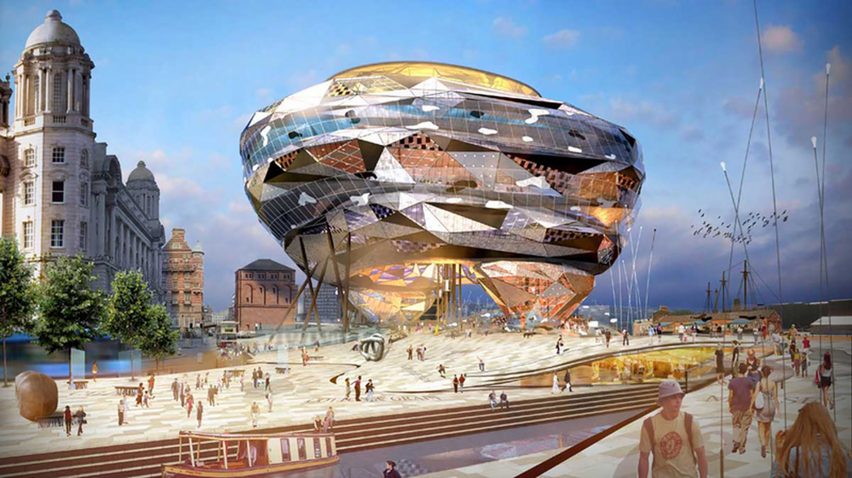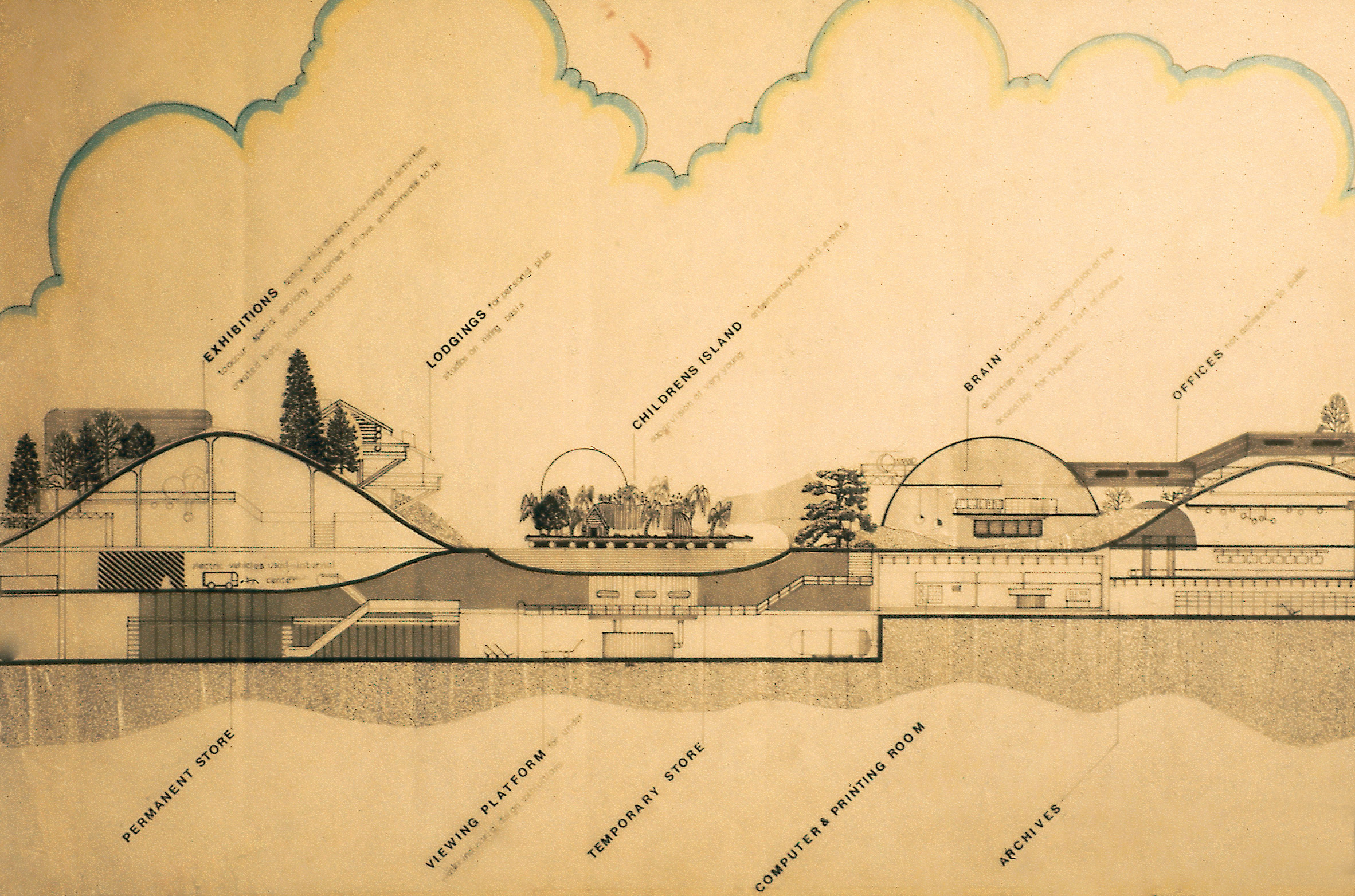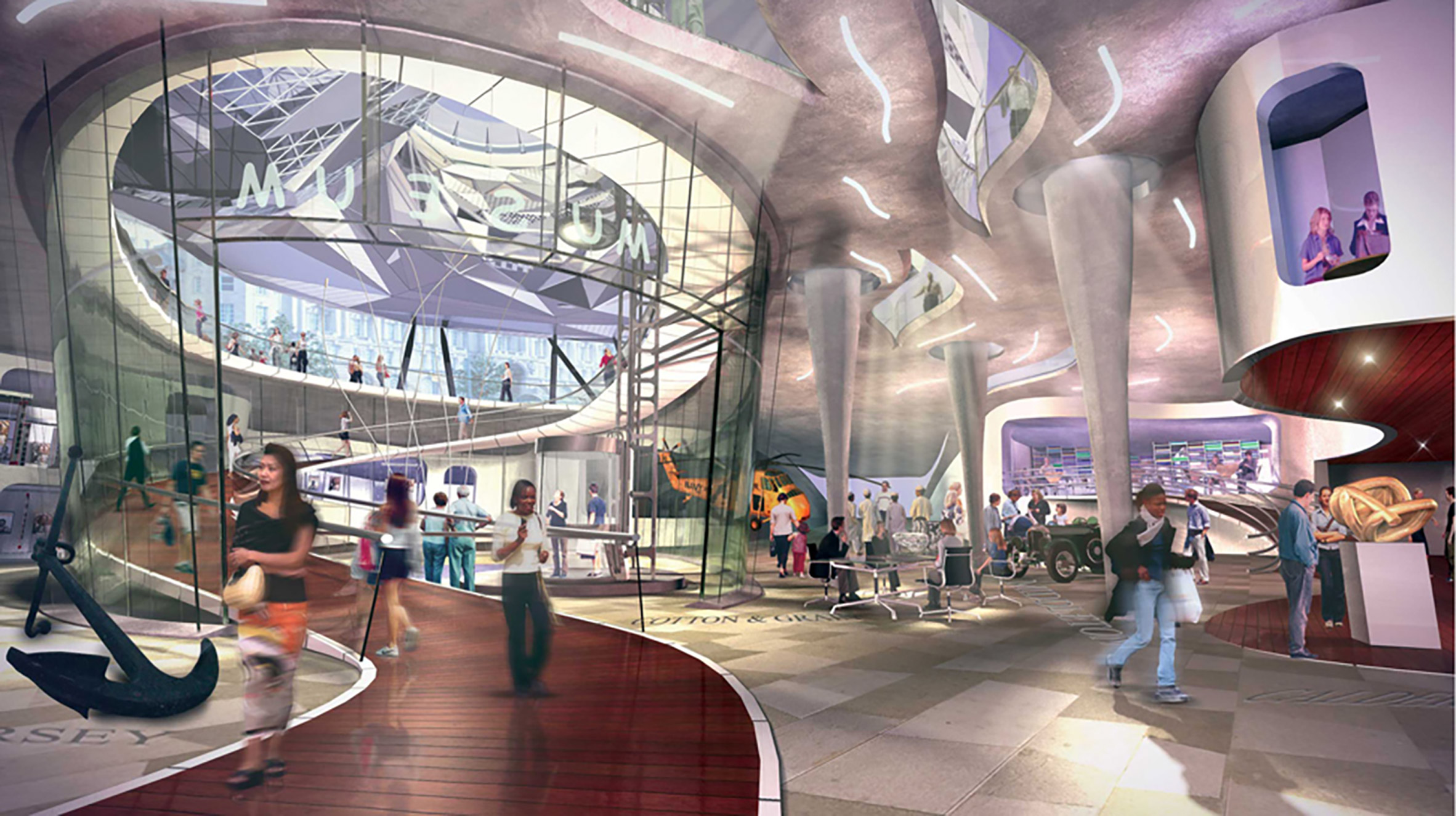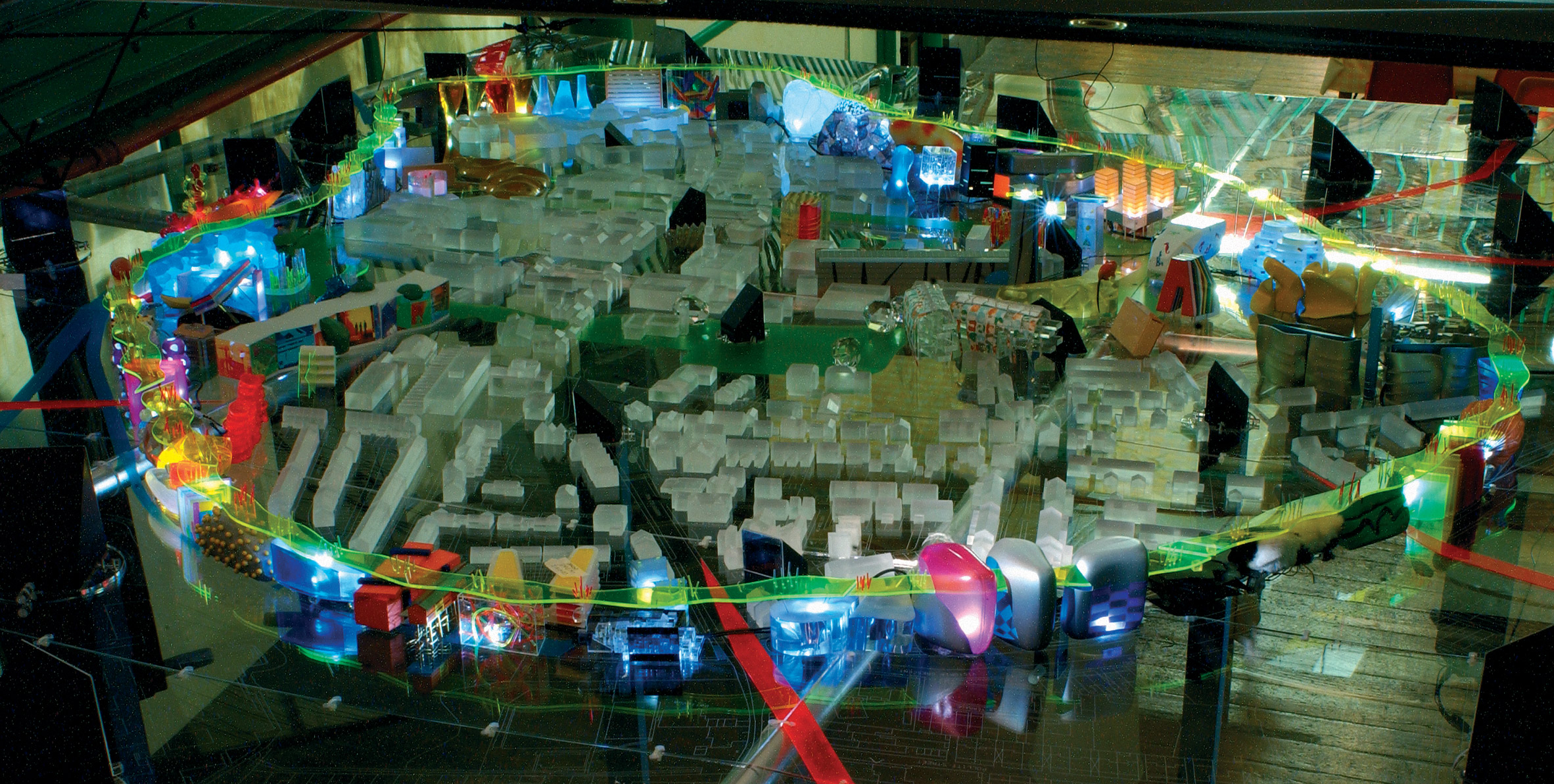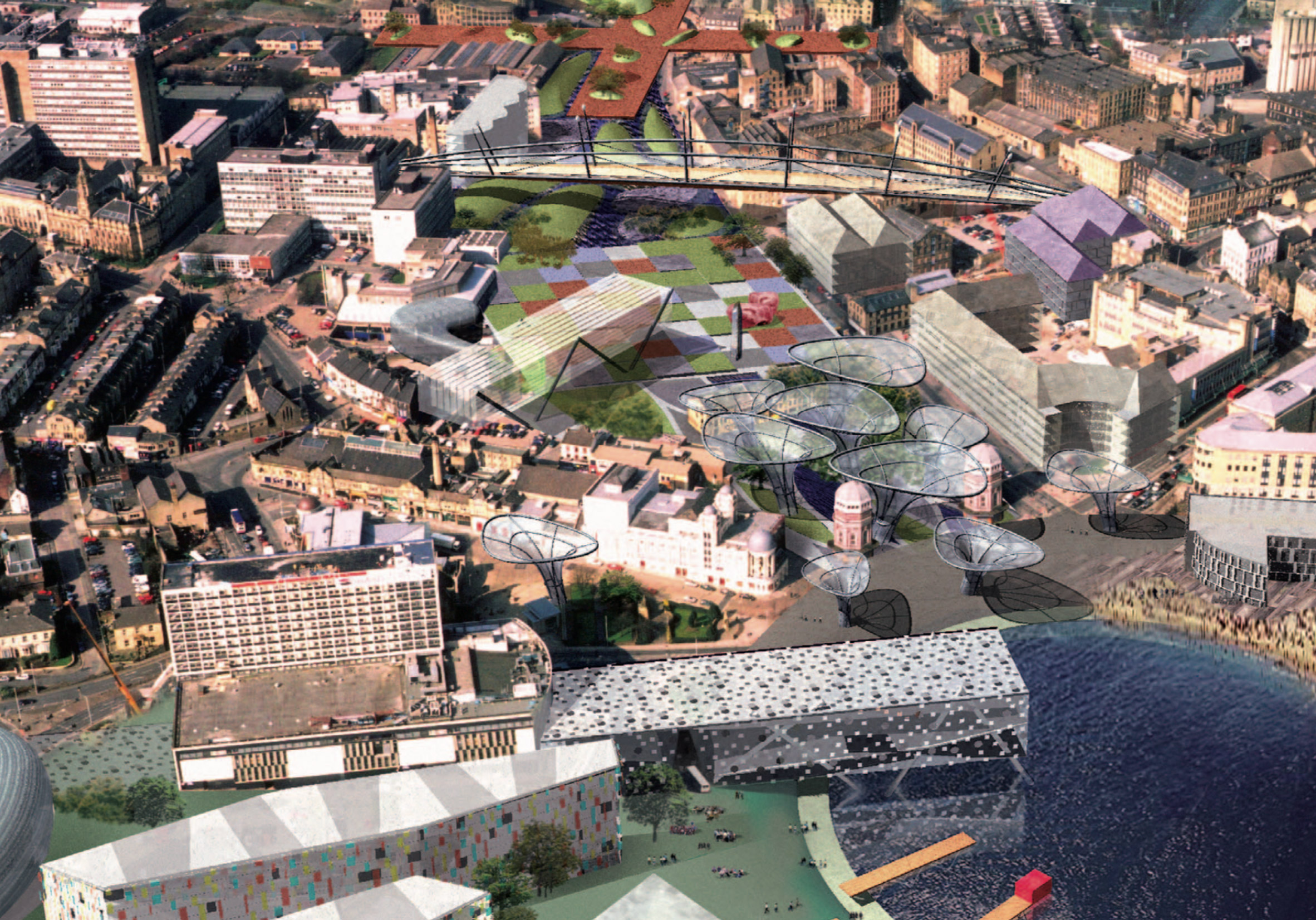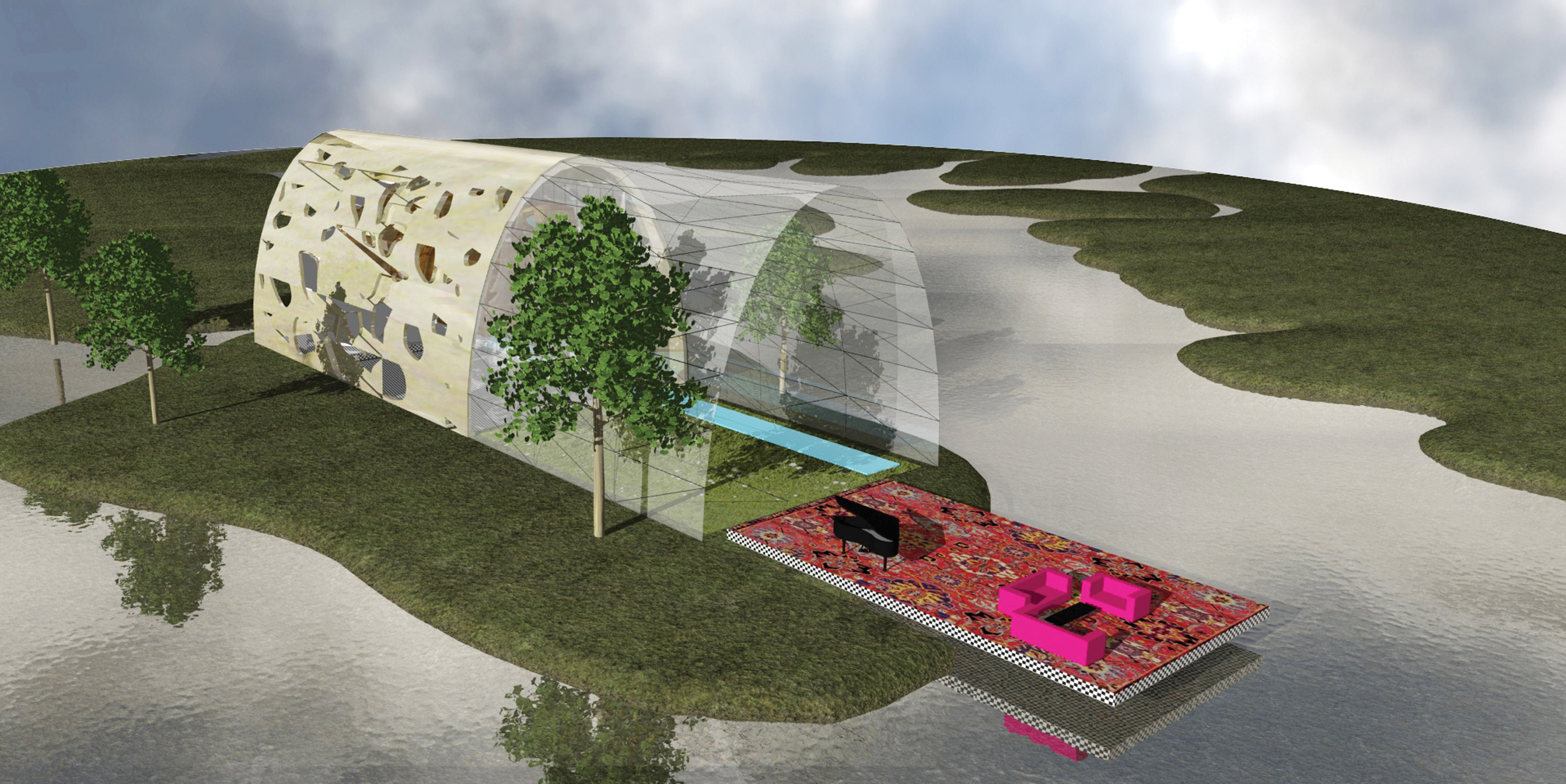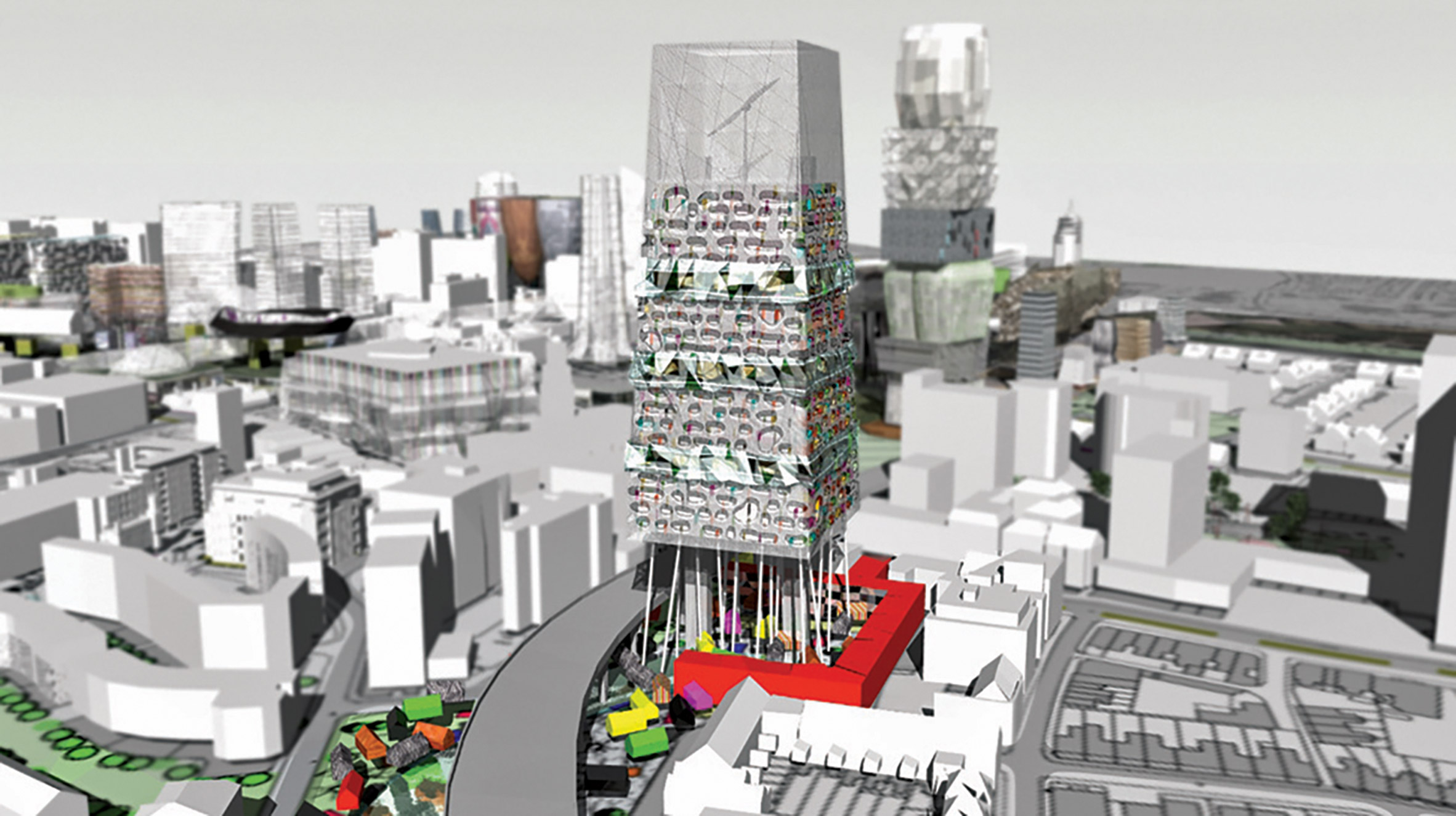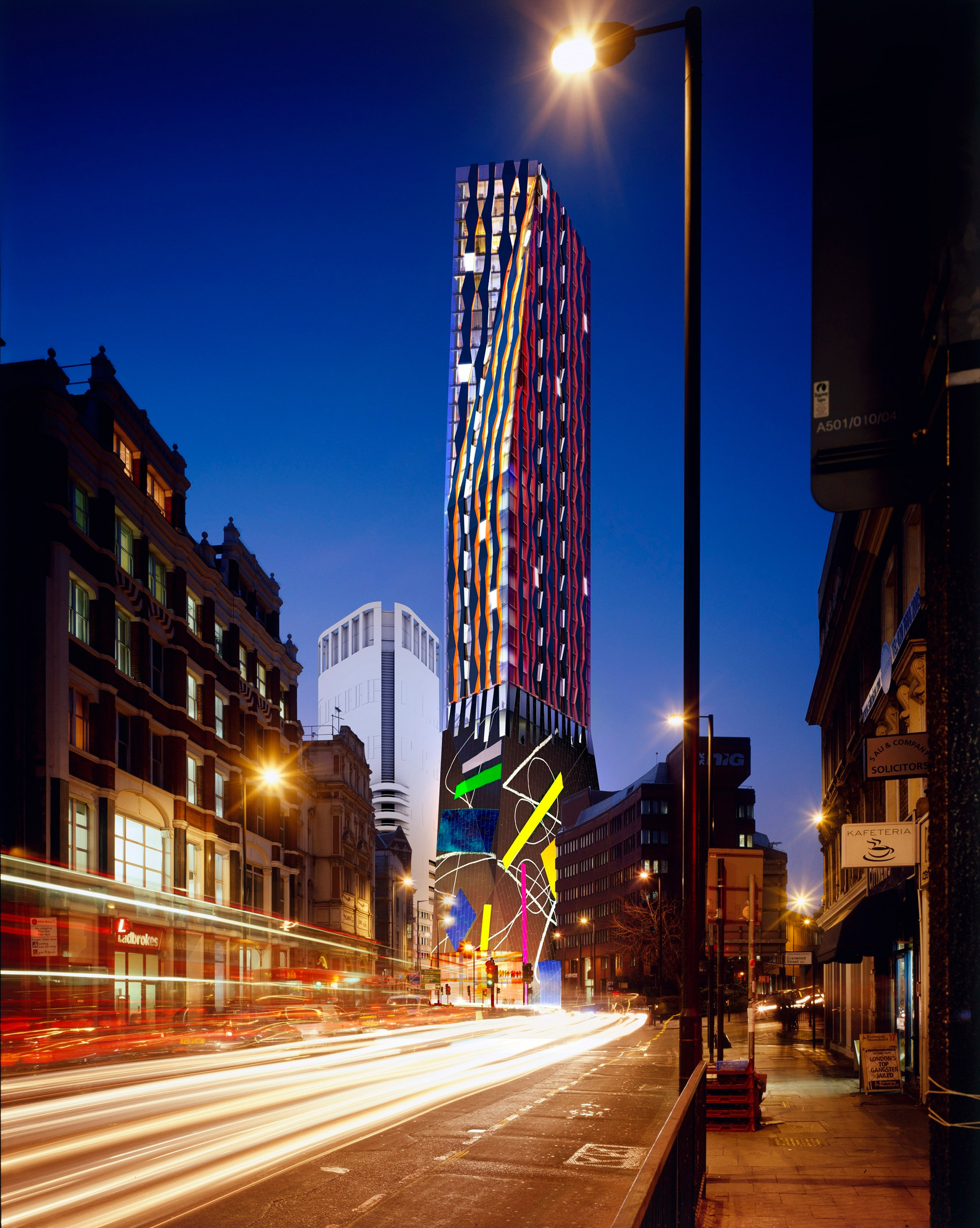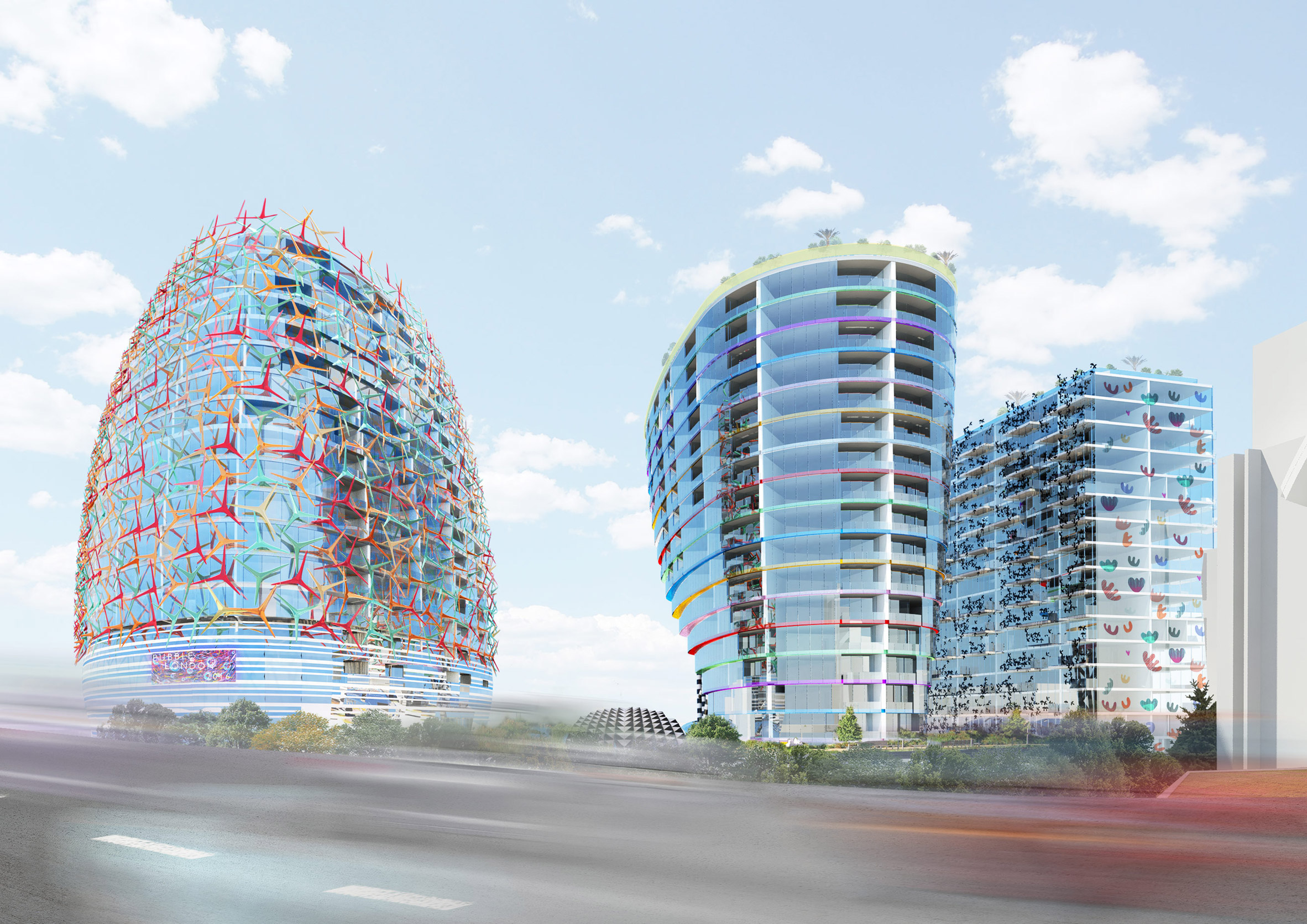The British architect Will Alsop, who died this week, tried to expand the limits of the architectural possibility. Here we take a look at eight of his unrealized designs, which demonstrate his ambitious approach. 18 May 2018
Pompidou Center
Alsop caught the attention of the architectural world when he entered the contest to design the Pompidou Center at the age of 23. His proposal was the second of the winning design of Richard Rogers and Renzo Piano.
Describing the project in a tribute after Alsop's death, Norman Foster said: "The wavy terrain plane of the scheme echoed an inherent joy that would become the hallmark of his work."
Fourth Grace
Perhaps the most well-known of Alsop's non-built projects is its design for a "fourth grace", to be built on the Liverpool coast next to the Three Graces.
The ambitious cloud-like design of Alsop was named the winner of a competition for the site in 2002, surpassing a list of high-level preselected Foster, Rogers and Edward Cullinan.
However, the project was abandoned in 2004, and the Development of Mann Island, including the 3XN Liverpool Museum, was finally built in its place.
Barnsley master plan
In the 2000s, Alsop designed a series of radical proposals to regenerate cities in the north of England. Chosen by the Yorkshire Forward regional development agency to rejuvenate Barnsley in 2002, he proposed to turn his center into a futuristic interpretation of a hill town in Tuscany.
Following the model of the walled city of Lucca, the plan of Alsop surrounded the center of the city with a series of blocks that would house 100,000 people and be connected by an airbridge.
His vision of turning Barnsley into a Tuscan hill town was, in the last analysis, too ambitious, and was abandoned.
Bradford Masterplan
In 2003, Alsop was appointed by Bradford Center Regeneration to create a strategic plan to rejuvenate the city. His ambitious plan focused on partially flooding the city center to create an aquatic feature that his studio described as "source part, part splash pool: a boardwalk for the summer and an ice rink in the winter".
A very small version of the master plan, with a group of mirrors of reduced scale in its center, was finally completed in 2013.
Lower Mill Estate
Alsop was one of several prominent architects, including Richard Meier, Piers Gough, Eva Jiřičná and Sarah Wigglesworth, who were commissioned to design homes for the development of 220 hectares of an old gravel pit in the Cotswolds in 2007.
Its design, which aimed to merge a house and a cabin on the beach, consisted of a giant wooden arch that had pods of bedrooms suspended from it. On the ground floor, the living space could slide from the arch to an adjoining winter garden, or further away to sit on the lake.
Although the farm was built, Alsop's house was not built as part of the project.
Croydon Masterplan
Alsop followed his proposals for Bradford and Barnsley with an ambitious master plan for the city of Croydon, just outside of London, in 2007.
His design for the 3.5 billion pound regeneration plan included saving the railroad at the East Croydon station with a tubular building and creating a tower that would be a vertical garden. The master plan was not implemented.
151 City Road
In 2007, Alsop collaborated with artist Bruce McLean to design a 43-story tower near the Old Street roundabout in London.
Described by his studio as "a sculpture with solid and opaque base levels and transparent upper levels", the building would have contained a hotel and apartments separated by a panoramic public bar.
The scheme was abandoned in favor of a design by Jestico and Whiles, which was abandoned. A hotel designed by Squire and Partners is now on the site.
Capital Interchange Way, Brentford
In 2016, Alsop designed three towers in Brentford, west of London, as part of a mixed-use scheme that would have included a bus station, 550 homes and several office blocks.
The planning of the plan was rejected as the council believed that it would "cause serious damage to the importance of a range of designated heritage assets, including the buildings included in the list and the conservation areas."
